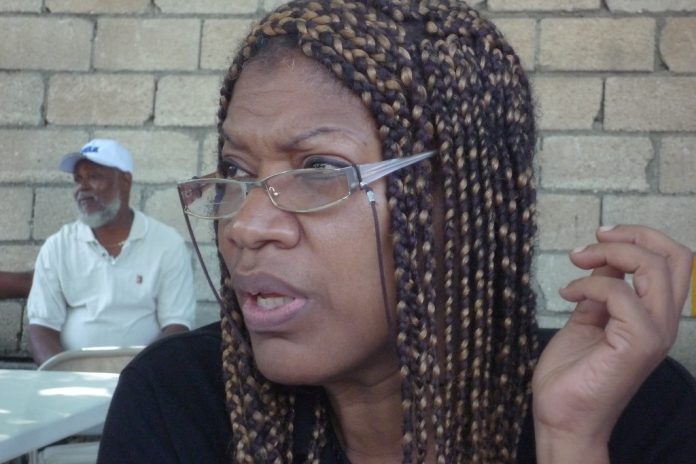While box braids and knotless braids are comparable, the latter employs a different feed-in method that is kinder to the scalp and involves less stress. Consequently, you may create easy, light braids with the same fashion options as more conventional box braids.
When choosing between box braids and knotless braids, there are five things to consider: method, price, installation, time, and styling. To assist you in selecting the braided hairstyle that suits you and your hair the best, we’ll examine the distinctions between the two in more detail below. Once you’ve decided on a style, schedule an appointment with a braider nearby!
Knotless vs. box braids
Box braids that are braided without knots are known as knotless braids. You start these braids with your natural hair and add synthetic hair as you go. Depending on how thick and lengthy you want it to be, you will add however much hair you need. These braids are great for your scalp, painless, and simple to maintain. Since this braid has no knots, they do not inflame your scalp.
Box braids are a type of braid that needs knots. To braid small hair strands, you must tie tight knots in them. Your scalp becomes inflamed as a result of the knots. This braid’s primary purpose is to protect your hair, but it can also harm it. One of the most common braids for Black women is the box braid, which has a long history in Africa, dating back to around 3500 B.C.
Before installing box braids, the braider will separate your hair according to the chosen braid size. After that, your braider will grab a segment and divide it into three equal loops using the proper amount of pre-stretched braiding hair.
Similar steps are used to create knotless braids, but synthetic hair is used slightly differently. As a result, the style is flatter on the scalp and requires much less tension to maintain its position.
How to get your hair ready for braids without knots
Even though the idea of knotless braids may be unfamiliar to you, the steps you take to get your hair ready for an installation are the same as they would be for any other long-term protective style. Before installation, the hair should always be washed, deep-conditioned, and dried with a blow dryer. According to hairdresser Gemma Moodie, straighter hair blends better with extensions.
To make this braid look, use any straight extension hair. However, Moodie cautions that you should consider your hair length if you intend to arrange an installation after the lockdown. Because of the braiding process, knotless braids have the drawback that stylists “usually require a bit more length to work with.” Since knotless braids are said to require less care, she suggests a straightforward routine. Be careful while bathing, preserve your style with scalp oil, and wrap your hair in a silk scarf at night.
Read More: This Fall Mingle Up With Summer Dresses
Should I get braids with or without knots?
The solution you were genuinely looking for is now available. No choice is ever correct or wrong. This choice depends on your natural hair needs, how much time you want to spend braiding your hair, your desired braid style, and your financial condition. We advise having tension-less knotless braids if your scalp and margins are more delicate. Knot braids will be your best option if you don’t have much time or don’t want to spend much money. While some individuals enjoy the traditionally tied box braids, others prefer braids with a sleeker appearance and lighter feel. It’s entirely up to you, but we know you’ll look fabulous regardless of your choice.
Knotless braid: Can they benefit in treating traction alopecia?
As a result of the tightness of the knot, excessive hair loss and traction alopecia are caused, especially along the hairline, which is prone to thin. It might not seem like much, but there is a slight difference in how the extension hair is applied. Since there is less strain and pulling on the roots during knotless braiding, there is a lower risk of traction alopecia and follicle damage, according to Gemma. She recommends gradually adding hair to the braid.
Thaniel Smith, who has had her hair braided since she was a youngster, is sure that this braiding method significantly improves how her scalp feels. She notes that even though “the hairdresser had tried [to] not tug on my hair and scalp in the past], box braids nevertheless caused her scalp to feel tight and gave her “damaged edges.”
For hair development, are knotless braids beneficial?
Knotless braiding is one of the best protective styling methods to encourage hair growth. Your hair will retain its length and thrive better if your scalp is less stressed.
How long should knotless braids be left in?
Knotless braids might endure longer than knot braids, but that doesn’t imply they can. No protective style should be maintained for longer than ten weeks. If you leave them in for too long, your scalp may become dry, irritated, and damaged. Your hair’s general health may suffer as a result of this.











